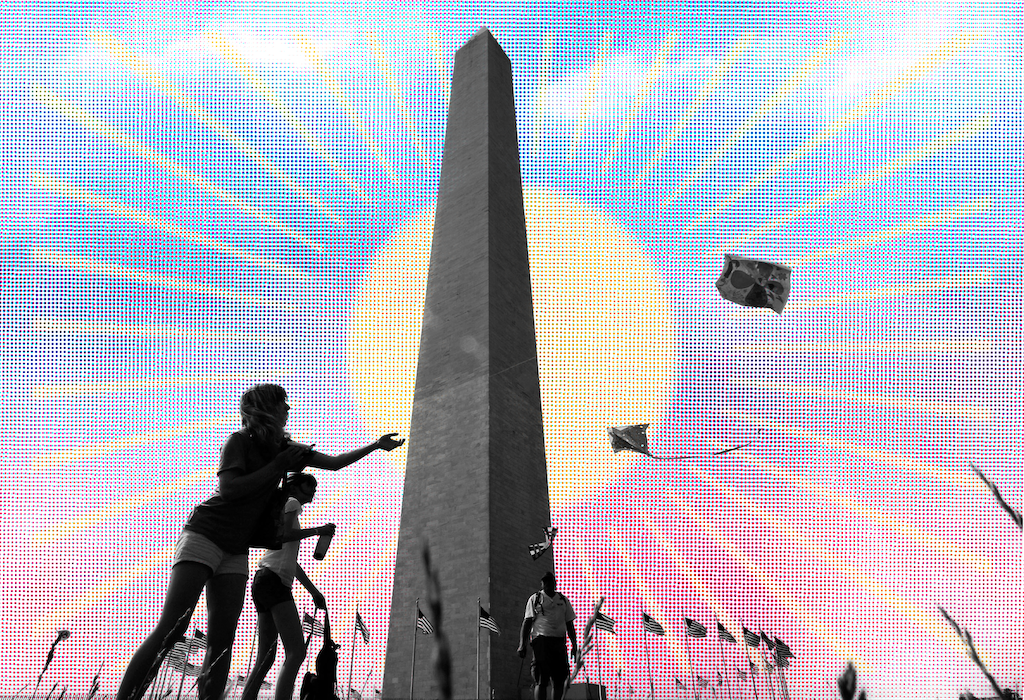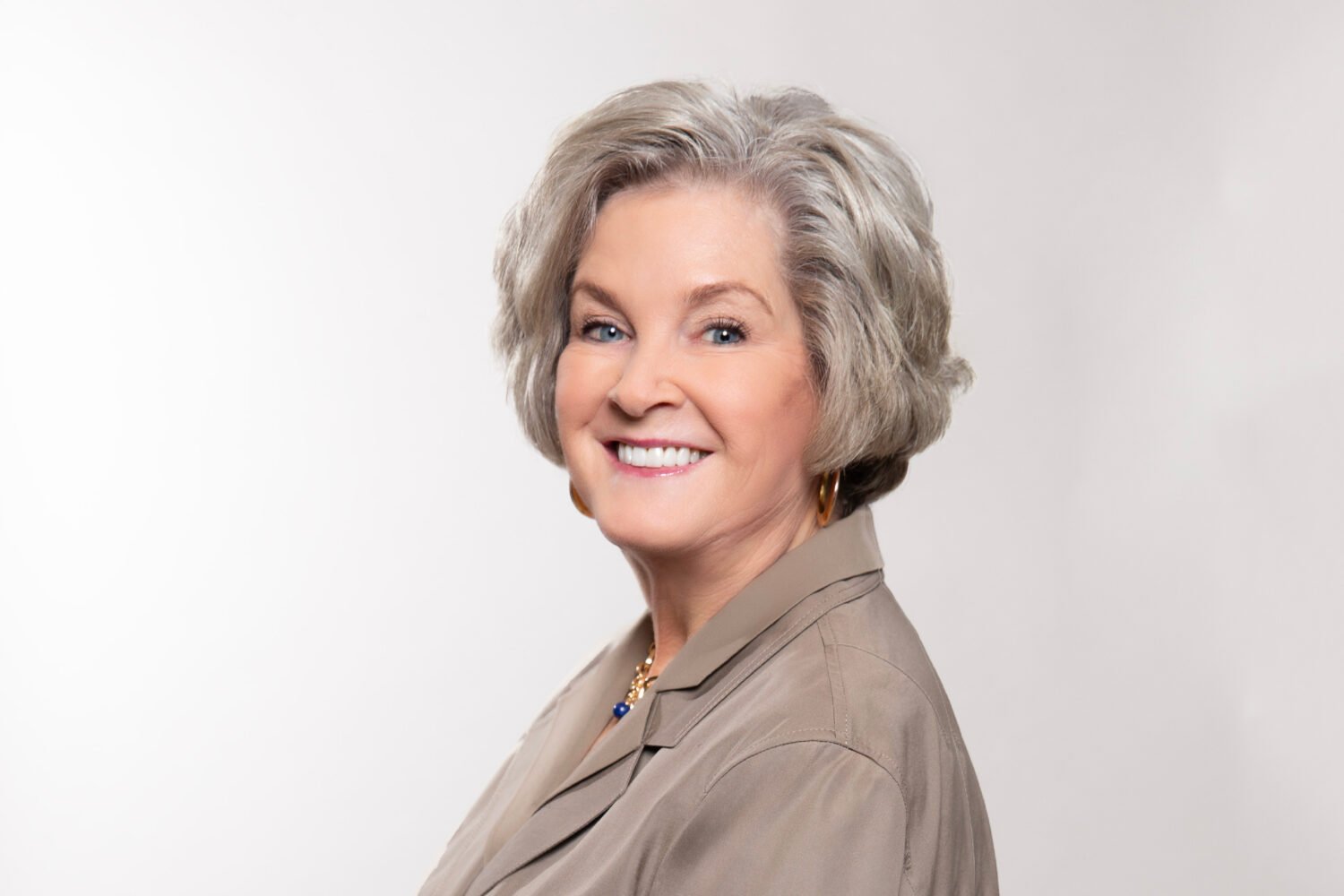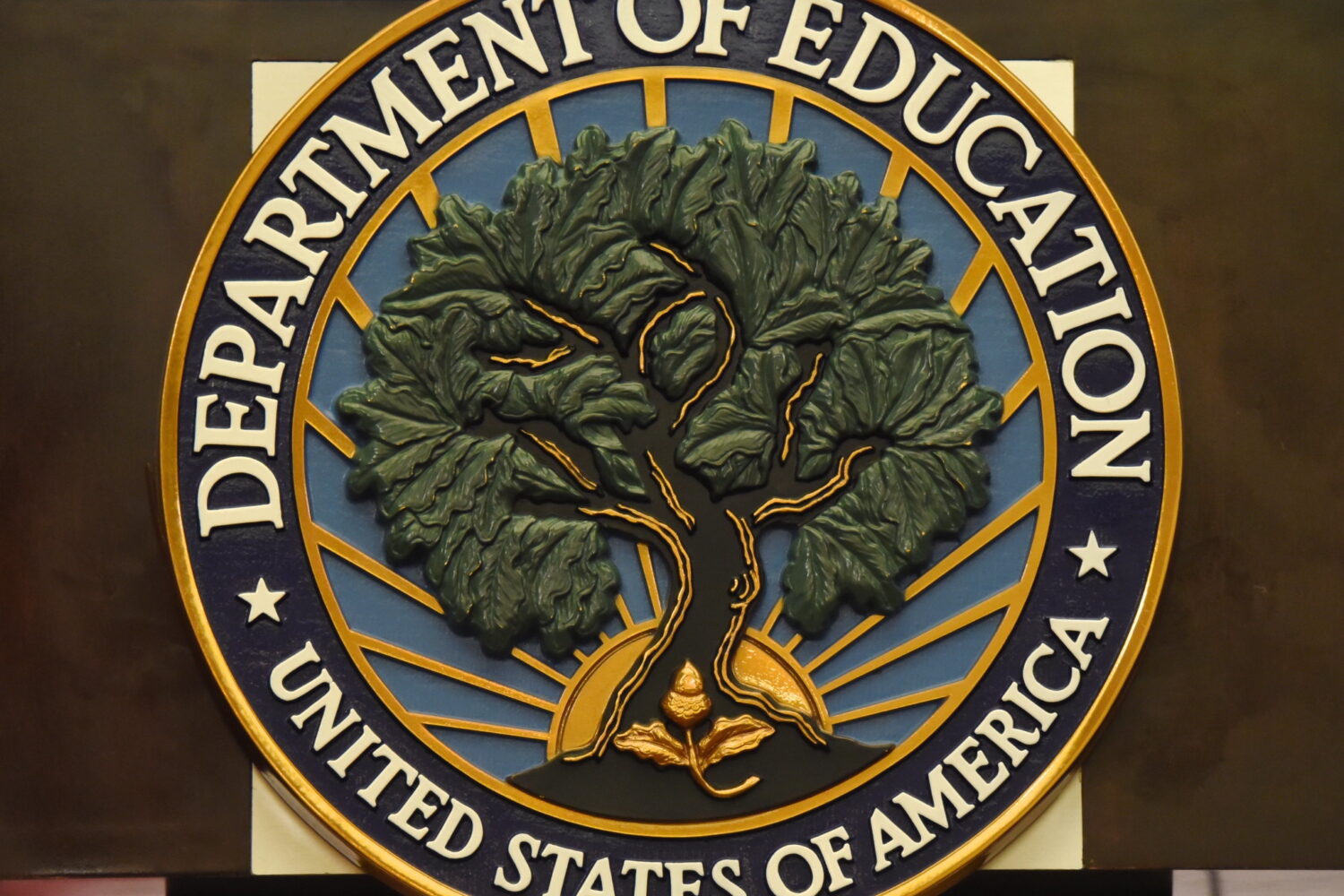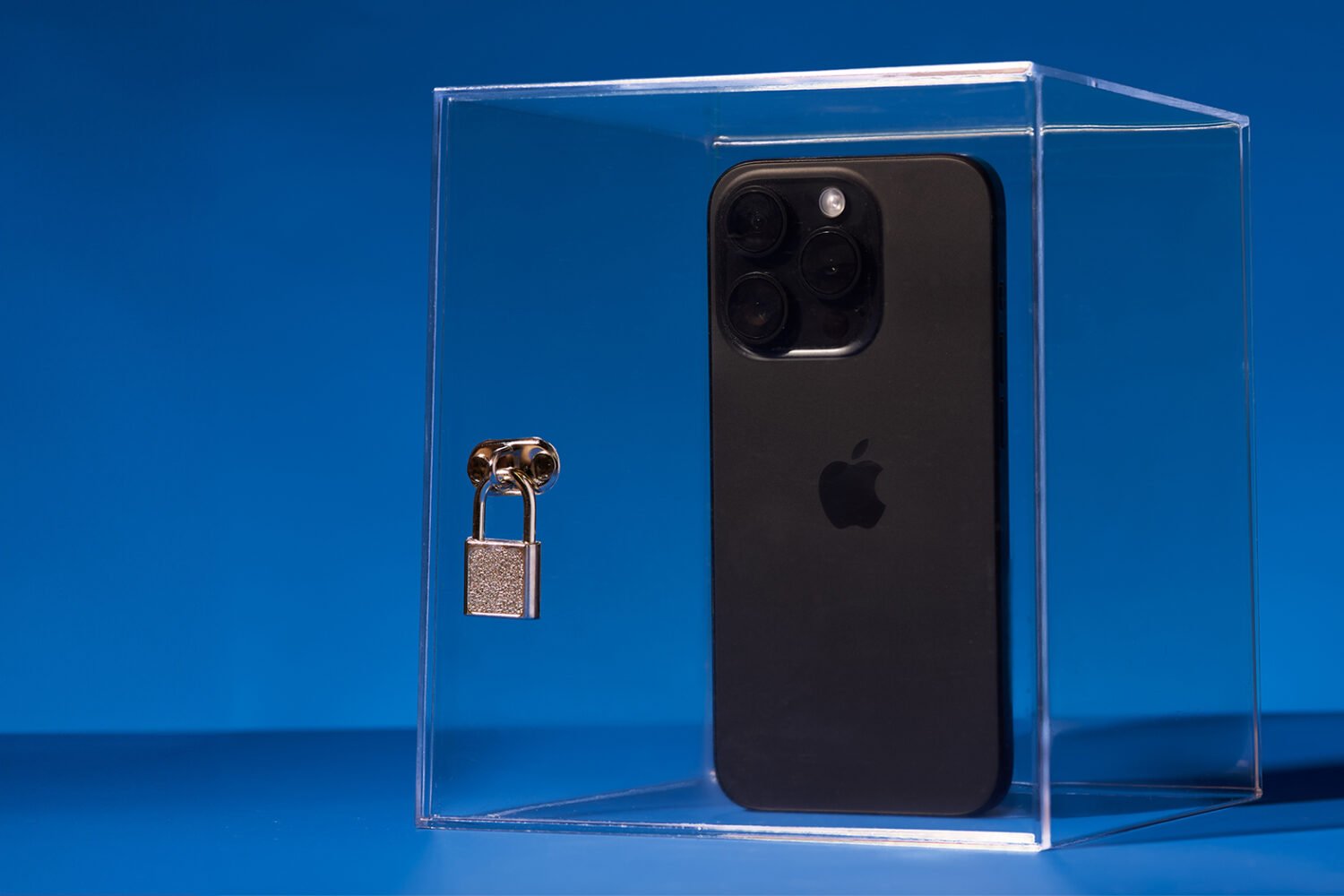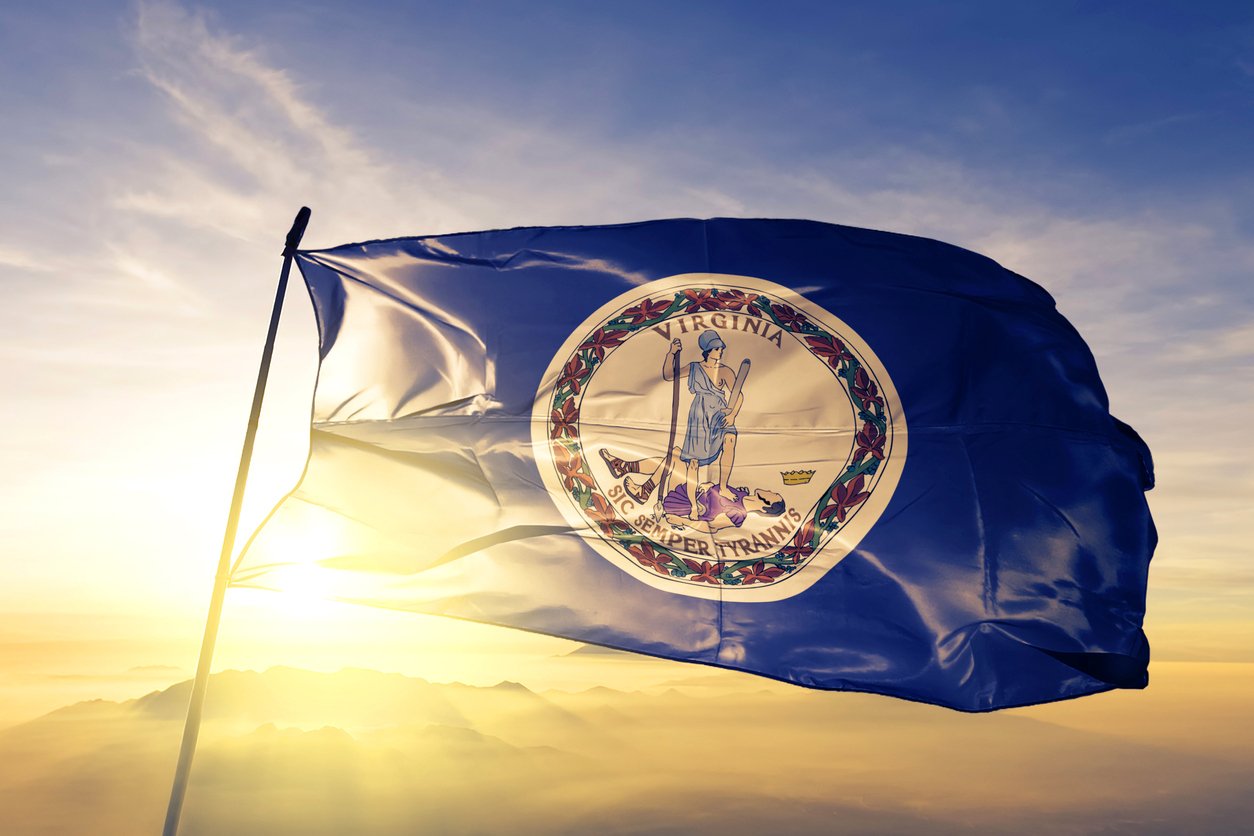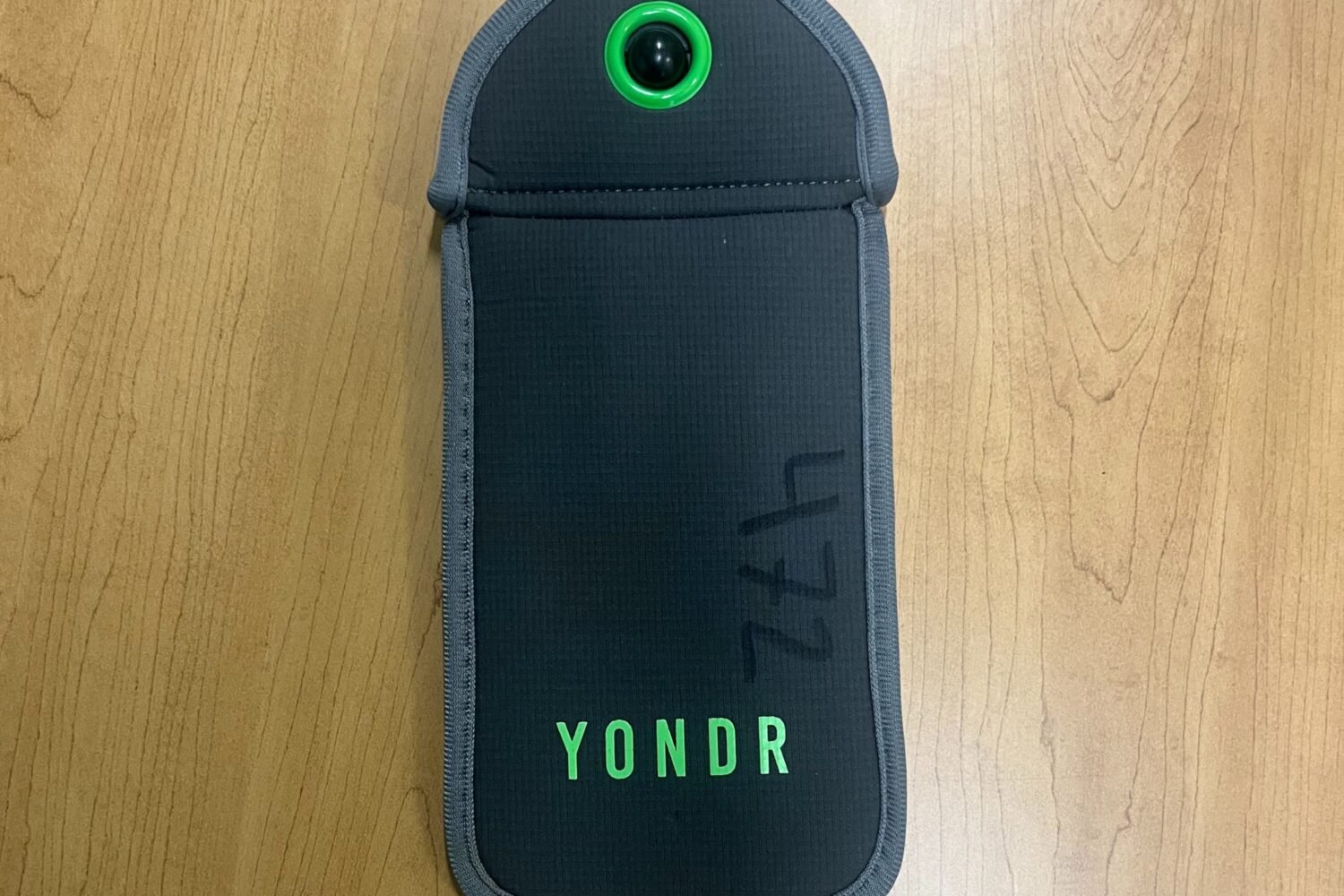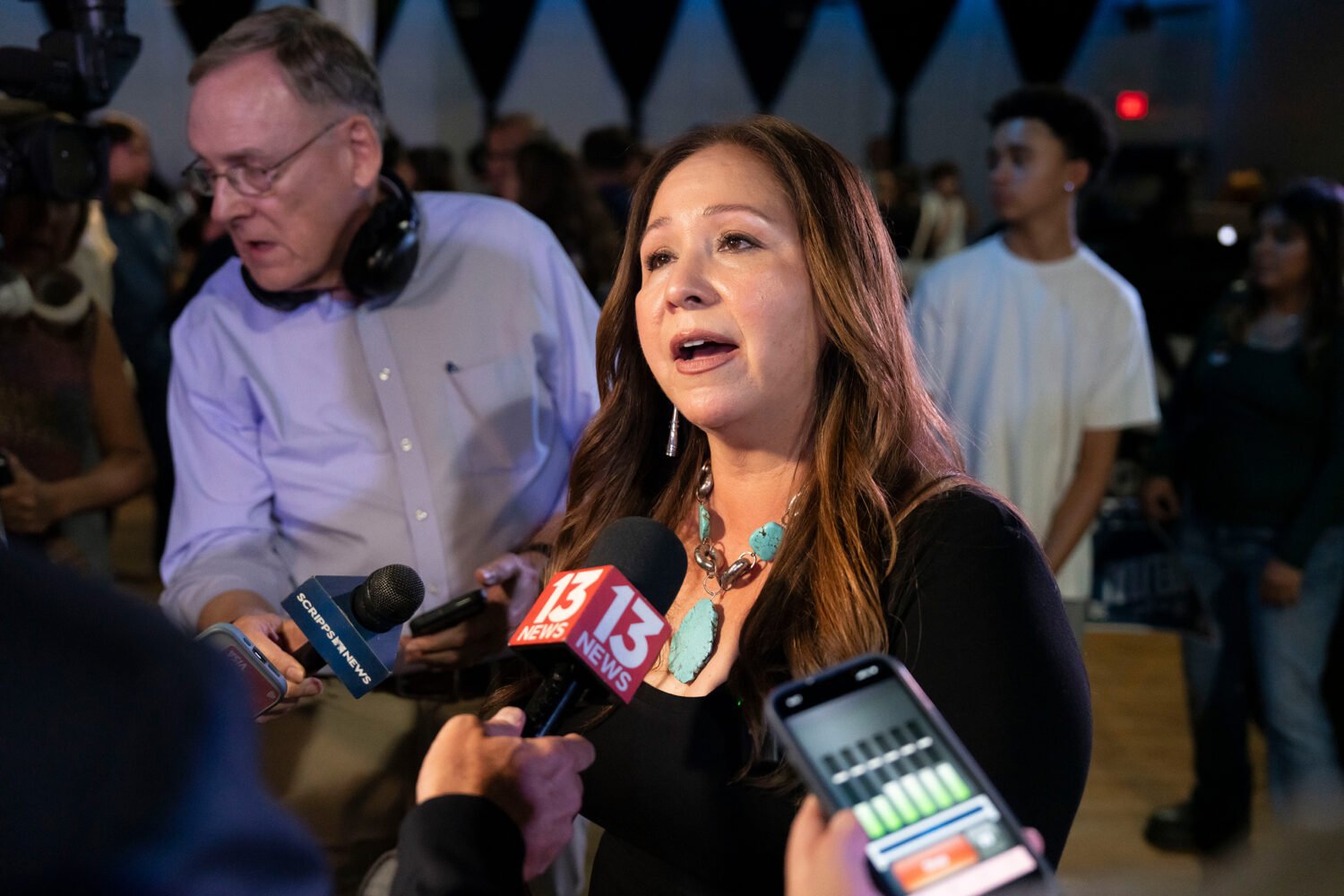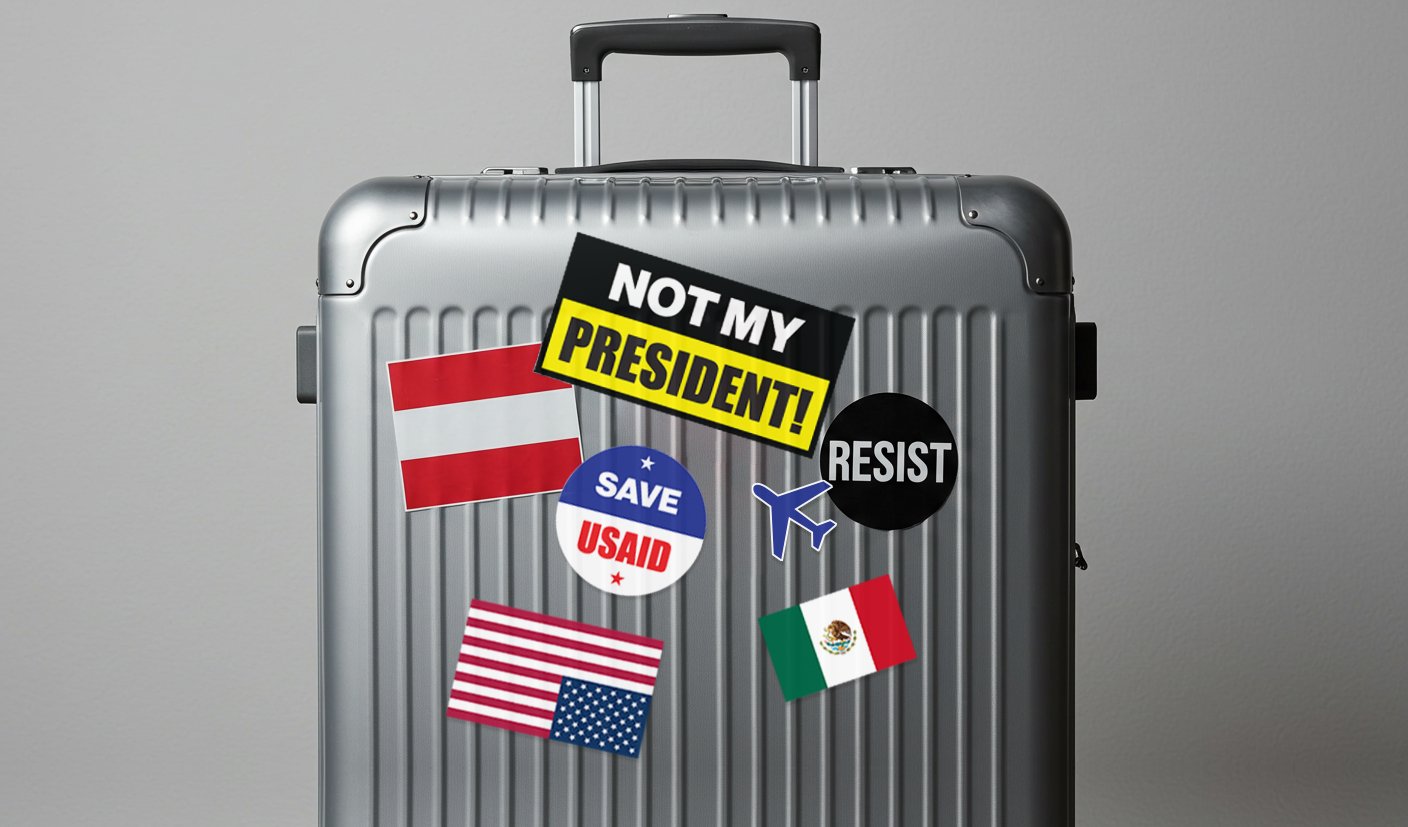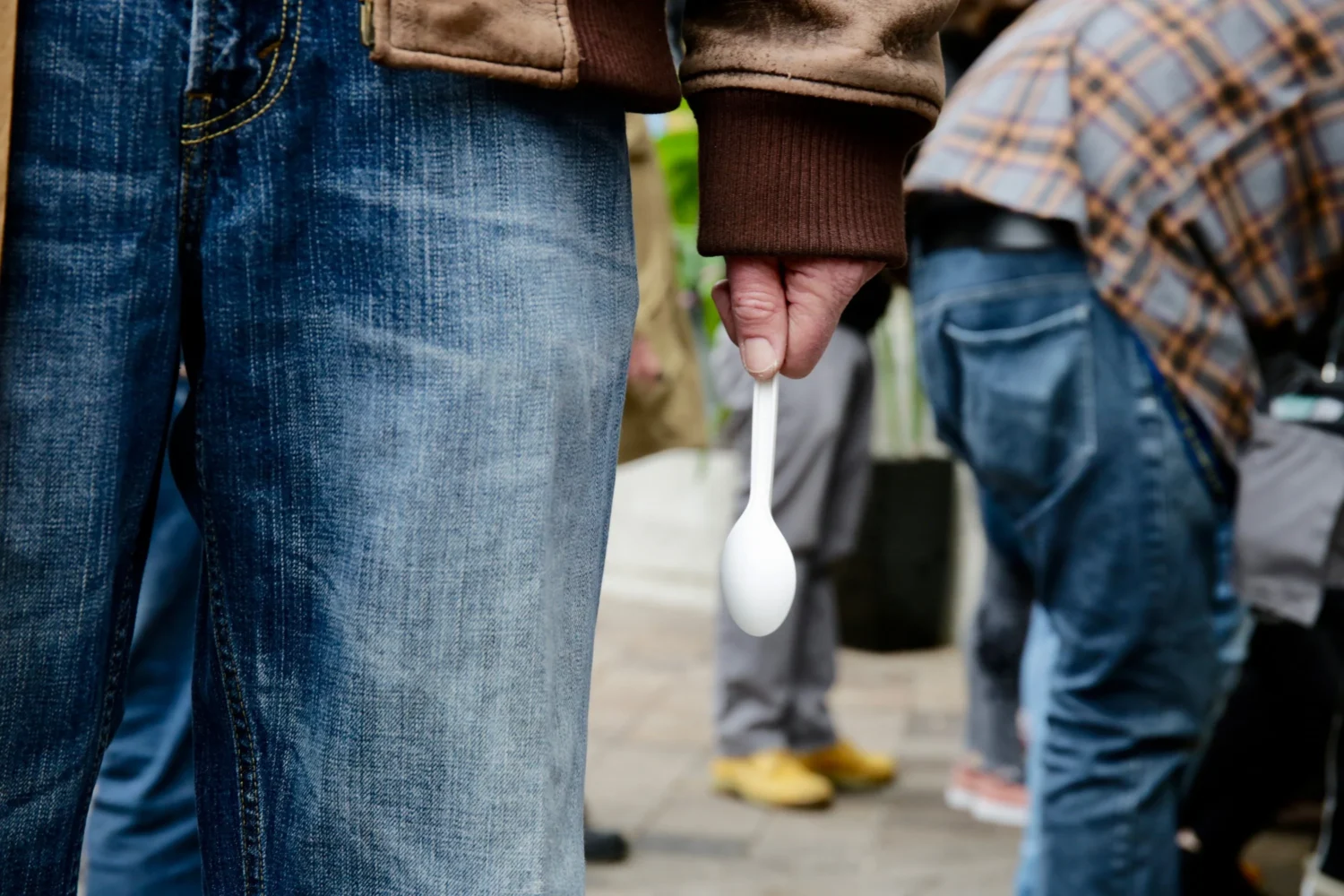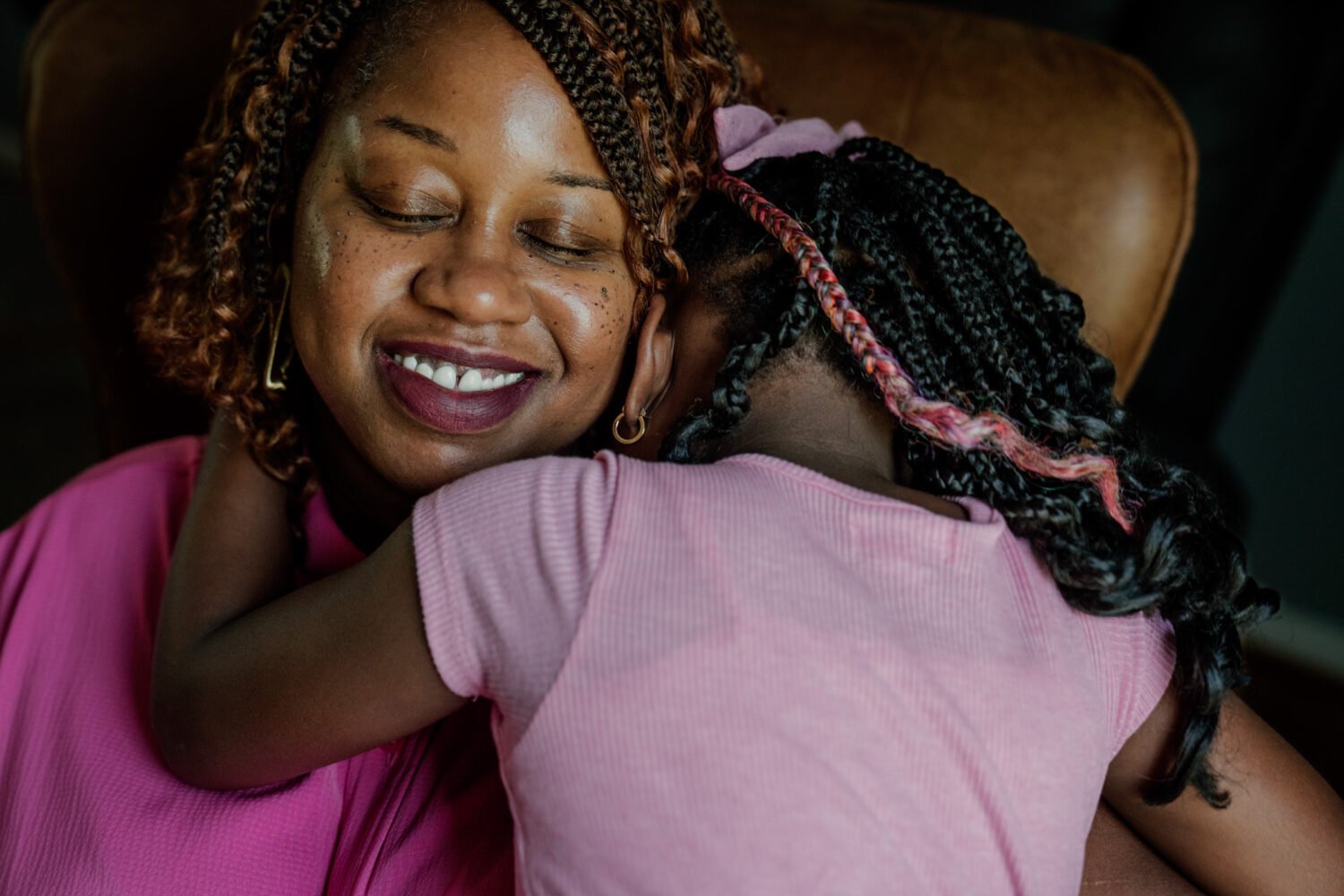Last week, Governor Glenn Youngkin signed a bill prohibiting cellphones in the state’s public schools. (DC Public Schools just announced that it will implement its own cellphone ban starting in the 2025-26 academic year.) While Virginia joins a considerable list of states that have already restricted cellphone use in classrooms, the Commonwealth is gearing up to regulate youth screen time in a unique way: Starting January 1 of next year, residents under the age of 16 will be limited to one hour of social media scrolling per day. This policy marks another move on Youngkin’s part to mitigate what he has called “a youth mental health crisis driven by the effects of unrestricted cell phone use and addictive social media platforms.”
Washingtonian asked two University of Virginia professors to help us understand how these social media restrictions might be enforced, and whether they could make a positive impact on adolescent mental health statewide.
How might social media limits be enforced?
According to the new law, social media companies are responsible for coming up with a plan to verify the age of users in Virginia and impose screen time limits accordingly. None of these companies have publicly shared details of their enforcement plans at this point, but the bill does specifically require them to implement neutral age screens—”basically a mechanism to verify users’ age in a way that doesn’t encourage them to falsify their age,” according to UVA computer science professor Gabe Robins. A screen that simply prompts a user to enter their birthdate, for example, is considered neutral; if that screen specifies that certain content will be restricted for users under a certain age, however, it is no longer neutral.
“Traditionally, social media platforms have kind of skirted that issue by just having a front page saying, ‘Are you 18 or over? If so, click yes. If not, go away,'” Robins says. “But of course, most people would just say yes, whether they’re 18 or not, because a lot of platforms don’t verify your age” through precise means, like checking ID.
To comply with the law, social media companies could ask for documentation to check user ages. It’s unclear if they will—while it’s a more accurate method of age verification, it presents its own set of challenges. “Do you really want these young people to enter their passport number, their driver’s license number, their birth dates, their social security numbers, other biometric data?” Robins says. “If you want to get that intrusive, it creates privacy issues, because now all your personal biometric data are entered into that website.” The legislation does specify that social media platforms may only use the data entered by users for age verification purposes, but according to Robins, that doesn’t eliminate the risk: “We all know that websites can be hacked.”
Storing all this biometric data would be costly for social media companies, and implementing this kind of verification would likely drive away at least some users who don’t want to submit their personal documents. Plus, Robins points out, “children are very clever”—regardless of how the law is enforced, he expects that some kids will find workarounds. Per the new law, parents may consent to extending their child’s daily one-hour allotment. Theoretically, young users could find a way to game that system. “How do you check that the parent is actually controlling the time limit? How do you even verify that the parent is actually the parent?” Robins says. “That puts, again, a lot of burden on whoever is running and designing the platform to resolve all these issues in a way that satisfies the platform’s rules.”
Robins assumes that these platforms are not thrilled about the legislation, but compliance is possible despite the potential for profit losses and more consequential data breaches. “With enough effort, enough money, enough will, it can be done,” he says.
Will social media limits actually benefit youth mental health?
The headache of implementing these restrictions is, of course, accompanied by noble intent: A recent Pew Research Center survey found that approximately 1 in 5 teens say social media platforms hurt their mental health or grades. Nearly half reported that social media use disrupts their sleep. Limiting youth access to these websites seems like an intuitive means of addressing these problems, but according to UVA education professor and child development expert Nancy Deutsch, it’s not a silver bullet.
“There’s a number of things that I think are influencing youth mental health, and while we absolutely want to take seriously when and where social media and digital technology is having a negative impact on youth mental health, it’s not the only thing, and in some cases, it can be used as a tool to support mental health,” Deutsch says. “Youth are in the digital world, so we don’t want to just throw the baby out with the bathwater.”
For one thing, Deutsch notes, “There are young people for whom social media is important for making connections to communities when they don’t feel a sense of belonging and community in their own geographic area.” Nearly one-third of teens surveyed by Pew said social media has a positive impact on their friendships, and more than 60% say these sites offer an outlet for them to express their creativity. “If teens are doing something, they’re doing it to meet a developmental need,” she says. “So what is that need? And if we don’t want them doing that, then how do we meet that need with something else?”
Once Virginia’s new law takes effect, Deutsch encourages parents and teachers to keep an open line of communication with kids to gauge how the limits are affecting them. “What are you using instead? Why are you using it? What are the things you miss? What do you use this for?” she says. “I think when you talk to teens, they also are aware of not wanting to be on [social media] all the time. They’re aware of wanting to have in-person interactions,” and adults can help them “figure out how to proactively set their own limits.”
Meanwhile, policymakers and school administrators should be prepared to fill whatever void is left once adolescents are less able to rely on online interactions. “What are the resources we’re giving to youth to replace their social media use?” Deutsch says. She knows one local high school principal who pushes a cart full of board games around the cafeteria during lunchtime, since the administration banned cellphone use. “It was like, ‘We’re going to give you another tool to use to connect with each other. We’re not just going to take this away and now assume you know what to do.'”
Regardless of how effective Virginia’s new tech laws prove to be—both in their enforcement and their impact—Deutsch is confident that they’ll offer a much-needed avenue for research. There are plenty of polls, like Pew’s, that ask teens to self-report information about their experiences on social media. There are also some anecdotal accounts on the impact of social media restriction, coming from the children of parents who prohibit the use of these platforms. According to Deutsch, however, there hasn’t been much experimental work done to compare the mental health of youth with unfettered social media access against youth with limits. Under statewide restrictions, Virginia’s kids should present a promising population for experts to study.
“I’m really hoping that we do use this opportunity to really monitor and see, both for cell phone bans and for limits on social media,” she says. “Let’s study it, and let’s see what’s happening, and let’s make sure that it’s really having the impact that we want it to.”


